I remember wanting a facial cleansing brush so badly in high school and college. I envied all my friends who had one and boasted that theirs gave them a deep, deep clean. It’s funny to think about now because I’m picturing the brushes that existed about 15 years ago, and they probably would have irritated my sensitive and dry skin. I would have used it a little too much, causing even more problems. Today’s brushes are gentler, though, so with the right usage, they can be helpful to your skin.
But do you really need a facial-cleansing brush to give your face an extra clean? Well, opinions are divided on the subject. Like anything, there are pros and cons. “The main benefit to using facial-cleansing brushes is gentle exfoliation of the skin,” says board-certified dermatologist and founder of Maei MD Rebecca Marcus, MD. “Brushes can help to remove dead skin cells that could override clogged pores and result in dull-appearing skin. They can also help to clean the skin more thoroughly than may be possible with using fingertips alone.”
Dermatological nurse and celebrity aesthetician Natalie Aguilar says that you might even spend more time cleansing and creating space for a meticulous cleanse when you’re using a brush. And Jaimie DeRosa, MD, FACS, double board-certified facial plastic surgeon and founder and lead facial plastic surgeon of DeRosa Center Plastic Surgery & Med Spa, adds that by opening up and cleaning the pores, the brushes allow active skincare ingredients to penetrate and work more effectively.
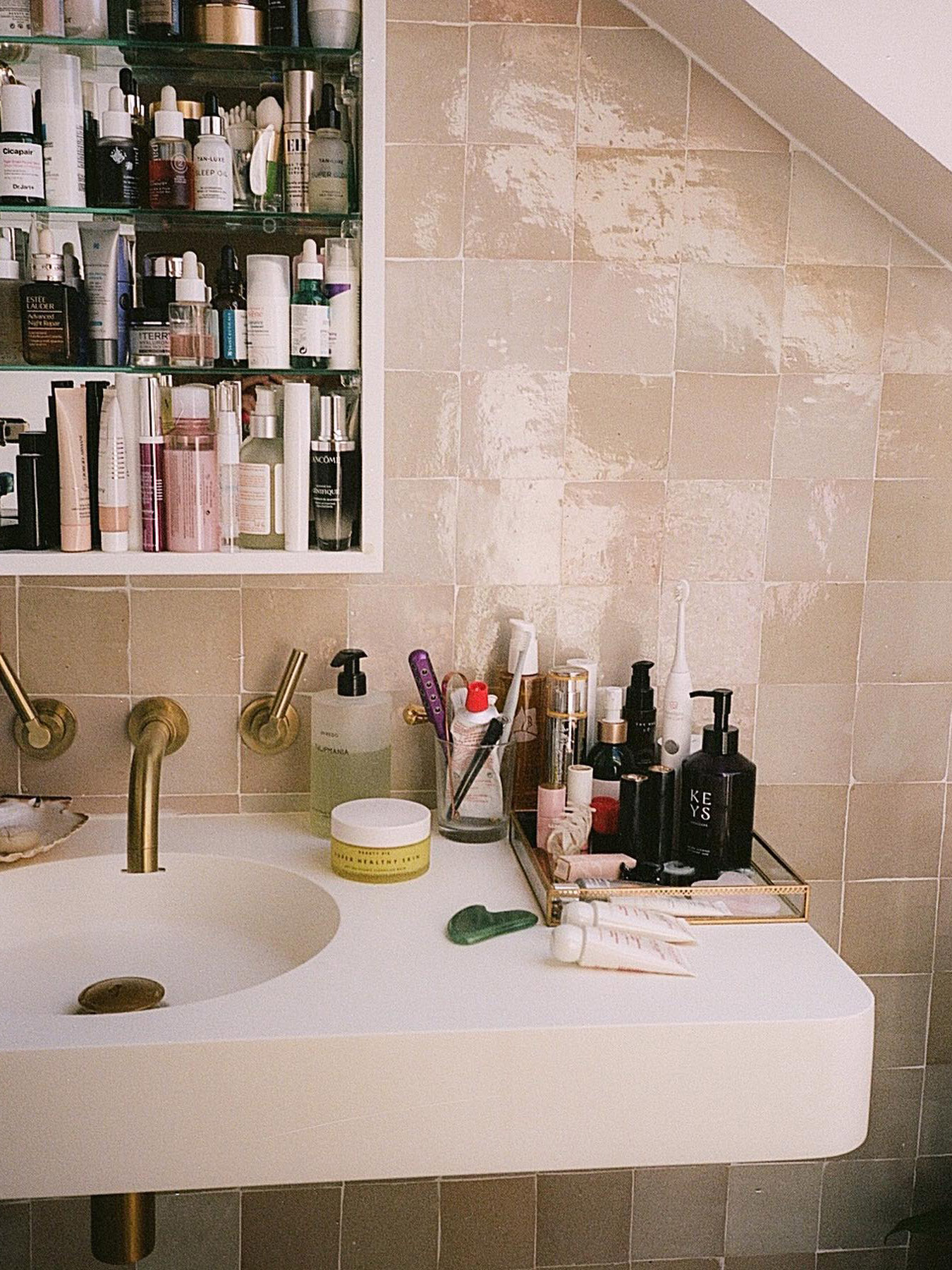
As for the cons of facial-cleansing brushes, there are a couple. “One drawback to using facial cleansing brushes that immediately comes to mind is bacteria,” Aguilar explains. “After one use, a facial-cleansing brush becomes a breeding ground for bacteria. The moisture from water then gets trapped in the base of the brush, where all the bristles are bunched together, is usually where bacteria gets trapped. To properly cleanse your brush, I recommended cleansing with Hibiclens. Hibiclens is an antibacterial and antimicrobial skin cleanser that continues killing germs for 24 hours. After washing with Hibiclens, rinse the brush with hot water and lay the brush flat to dry.”
You might also initially notice an increase in acne breakouts. “This is because the increased pace of sloughing off dead skin cells by using a facial-cleansing brush may cause those dead cells to plug up and block the pores, leading to pimples,” DeRosa says. “Once your skin gets accustomed to the changes and increases its pace of cell renewal, the breakouts should subside. You can also help to decrease the extent of breakouts when starting to use a facial-cleansing brush by pre-treating your skin for a few weeks with an exfoliating cleanser that contains AHAs, such as glycolic acid, and/or our favorite acne fighter and BHA, salicylic acid.”
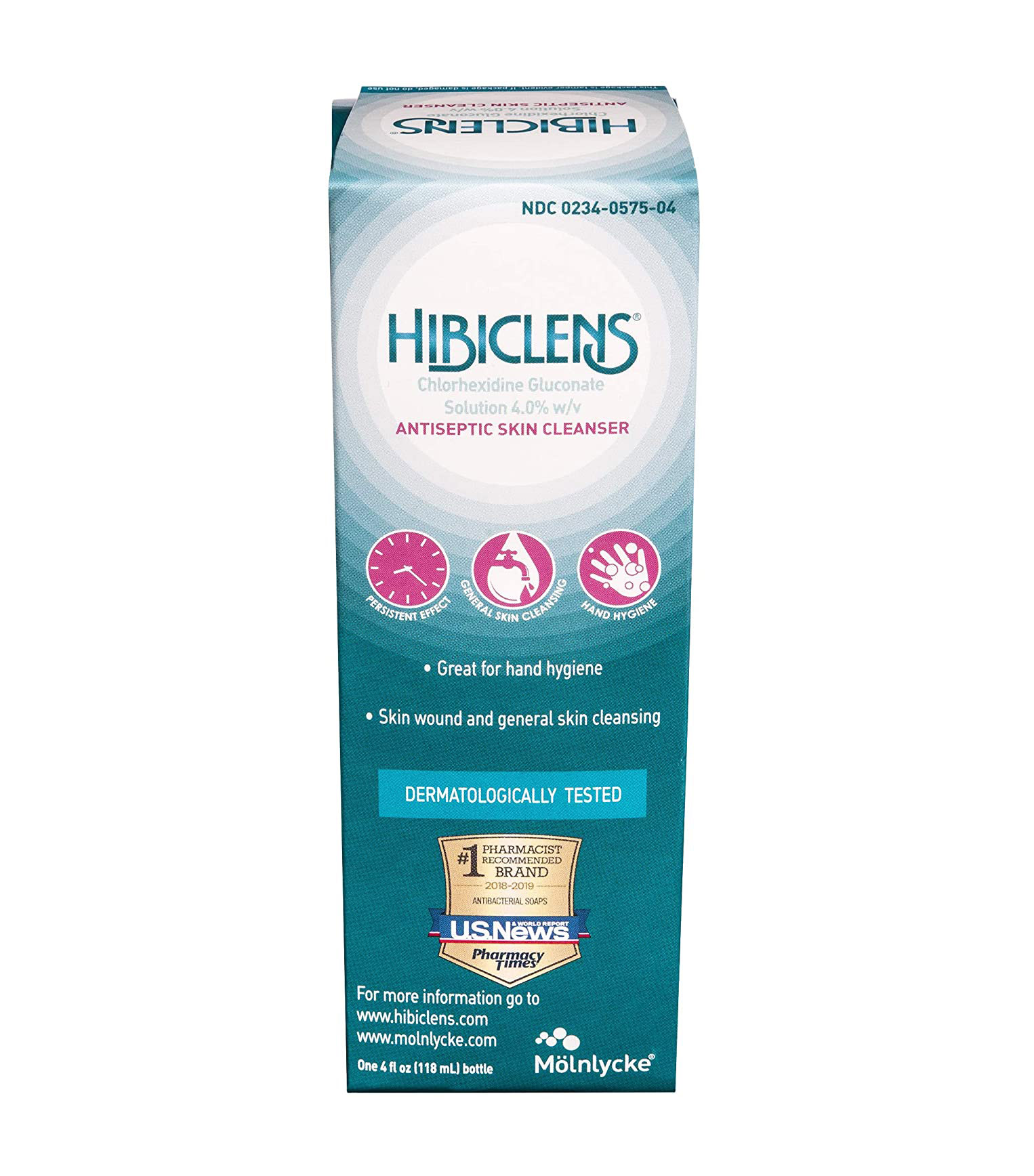
“Facial-cleansing brushes are a really nice addition to one’s facial beauty regimen,” DeRosa says. “Not only do facial-cleansing brushes help to deep-clean dirt, makeup, and debris from the pores, but they also gently exfoliate dead skin cells and increase circulation at the surface of the skin to promote healthy, glowing skin.”
These brushes can exfoliate your skin while also increasing microcirculation.
Some skin types will benefit from facial-cleansing brushes more—like normal, combination, and oily. “Those with oily skin and acne-prone skin may benefit from the exfoliation brought about by facial-cleansing brushes, provided that they take care to properly clean the brush and change to brush head as often as recommended by the manufacturer,” Marcus says. “Those with rosacea or very sensitive skin may wish to steer clear, as any disruption to the skin barrier can cause irritation and an increased risk of flare. Those with active facial infections, including inflamed acne lesions, should avoid using facial-cleansing brushes, as the mechanical exfoliation may prove to be too irritating and stimulating, and bacteria may be spread from affected areas. Those with eczema should avoid facial-cleansing brushes, as they may not tolerate the mechanical exfoliation of the skin and disruption to the skin barrier.”
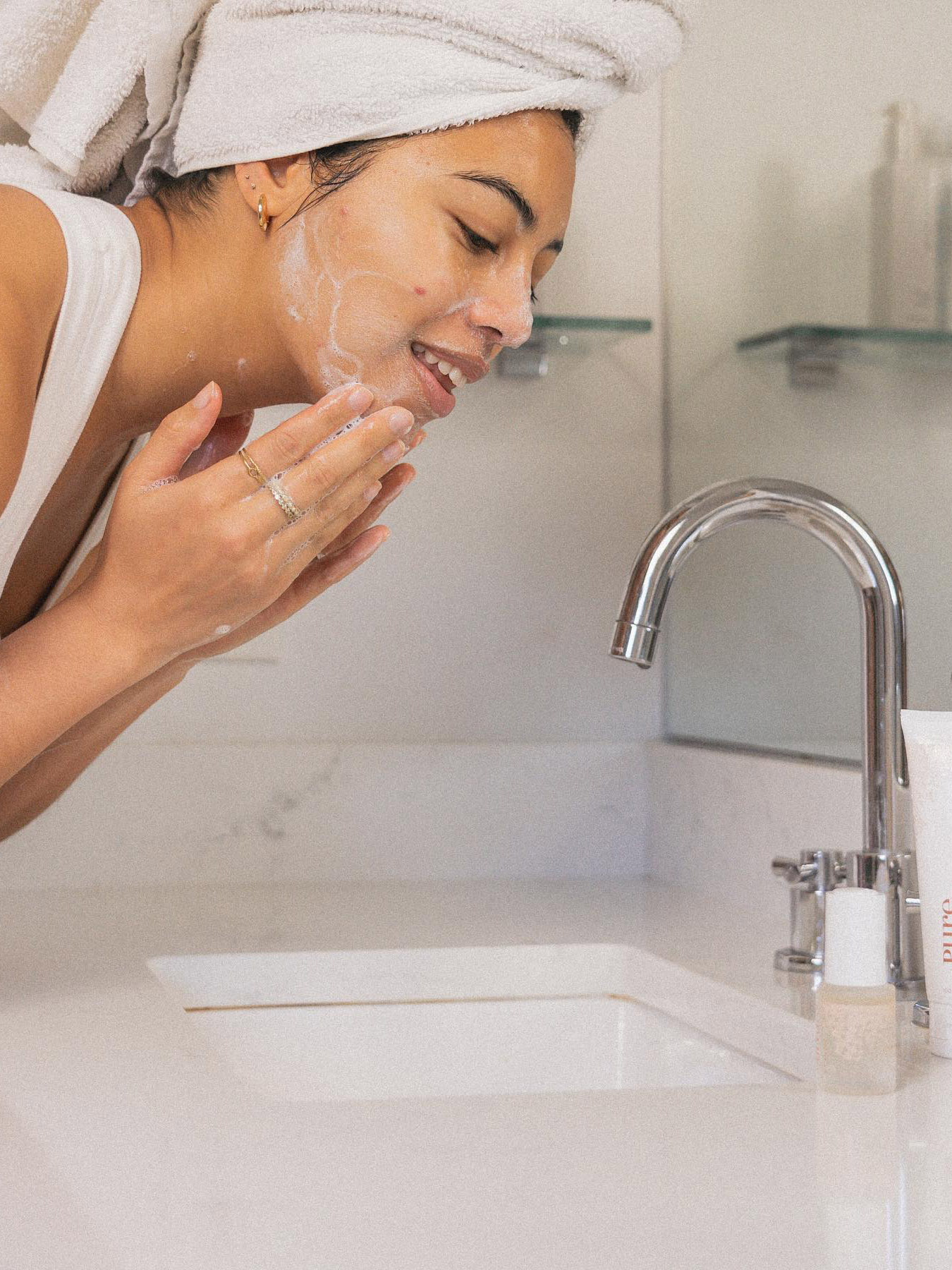
When it comes to choosing a type of brush, it all comes down to your skin’s needs and preferences. “Since I tend to have sensitive skin, my favorite facial cleansing brushes are those with silicone bristles that use sonic vibration to cleanse,” DeRosa says. “I also really like those that are 100% waterproof, so the cleansing brush can be left in the shower without worry.”
Aguilar suggests not using a brush that is stiff or has rough tips, as they can cause more of an exfoliation than a cleanse. “If it doesn’t feel good, it’s not doing good. Pain doesn’t mean it’s working! Pain can mean overstimulation or even damage,” she adds.
“Everyone is different, but some skin types can tolerate daily use,” Marcus says. “For most people who wish to use a cleansing brush, twice a week is probably enough.” If you do feel some sensitivity, skip a few days of use until the skin feels normal again. And DeRosa recommends starting slow and gradually increasing your usage if your skin is tolerating it and if you feel like you need extra exfoliation.
As for the types of cleansers you should use, start with a gentle cleanser. “This combination should be gentle enough for your skin to get accustomed to a facial-cleansing brush without additional irritating ingredients,” DeRosa says. When your skin gets accustomed to the brush, you can add cleansers that contain chemical exfoliants like glycolic, lactic, and salicylic acids if you wish and if your skin tolerates it.
To really reap the benefits of a facial-cleansing brush (and not wreck your skin while you’re at it), it’s important to stick to some guidelines. Because if you don’t use your brush properly, it can definitely cause you more trouble than good. The experts laid out some dos and don’ts for us below. And if you’re ready to shop for a brush, we’ve included some at the end of this article.
DO Follow Instructions: “To use a cleansing brush effectively, follow the instructions to avoid causing harm to the skin,” Aguilar says. “When using a manual brush, it’s important to choose a brush that has gentle bristles along with an appropriate facial cleanser and gently and thoroughly cleanse the face, neck, and décolleté. Take note to rinse or clean the brush and allow it to dry.”
DON’T Overuse: Using the brush too much can disrupt the skin’s pH, Aguilar says, which depletes the acid mantle causing redness, irritation, dryness, or increased oil production as the skin tries to repair itself.
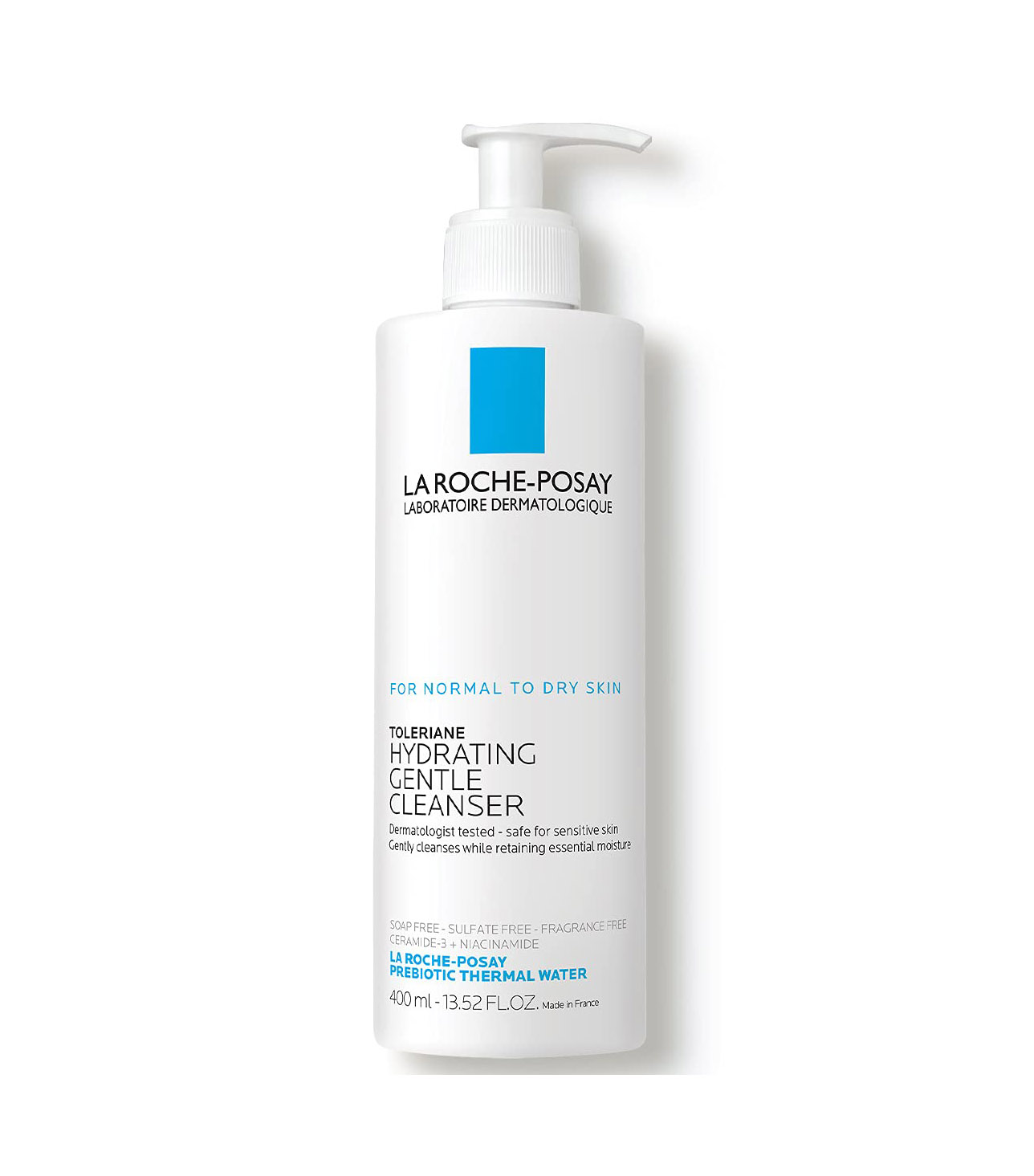
DO Test First: DeRosa recommends using your new cleansing brush on a test patch of skin before using it on your whole face. If you notice any redness or irritation (even the following day), your skin may be too sensitive or you might have applied too much pressure.
DO Use a Gentle Cleanser: Marcus recommends using the device with a gentle cleanser and lukewarm water.
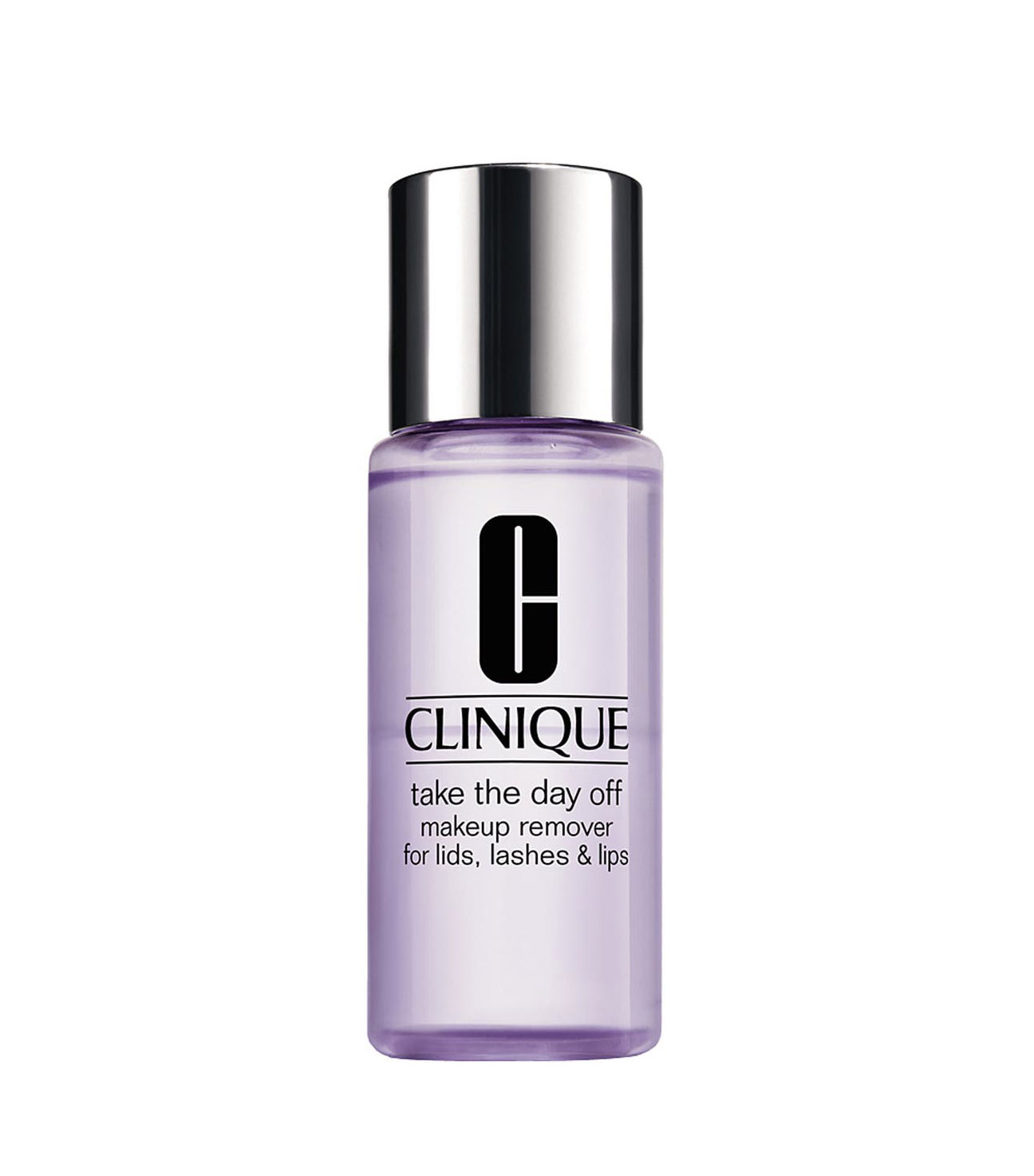
DON’T Apply a Lot of Pressure: “Let the brush do all the work, just like you do with an electric toothbrush,” DeRosa says. “There is no need to add additional pressure on top of what the brush produces.”
DON’T Use to Remove Makeup: They can help remove makeup, but you shouldn’t use them for that sole purpose. Aguilar suggests removing makeup with a pre-cleanse and then doing a second cleanse with a brush. “Using a cleansing brush to remove makeup won’t remove makeup correctly and can push makeup into the pores, which creates the need for a thorough second cleanse,” she says.
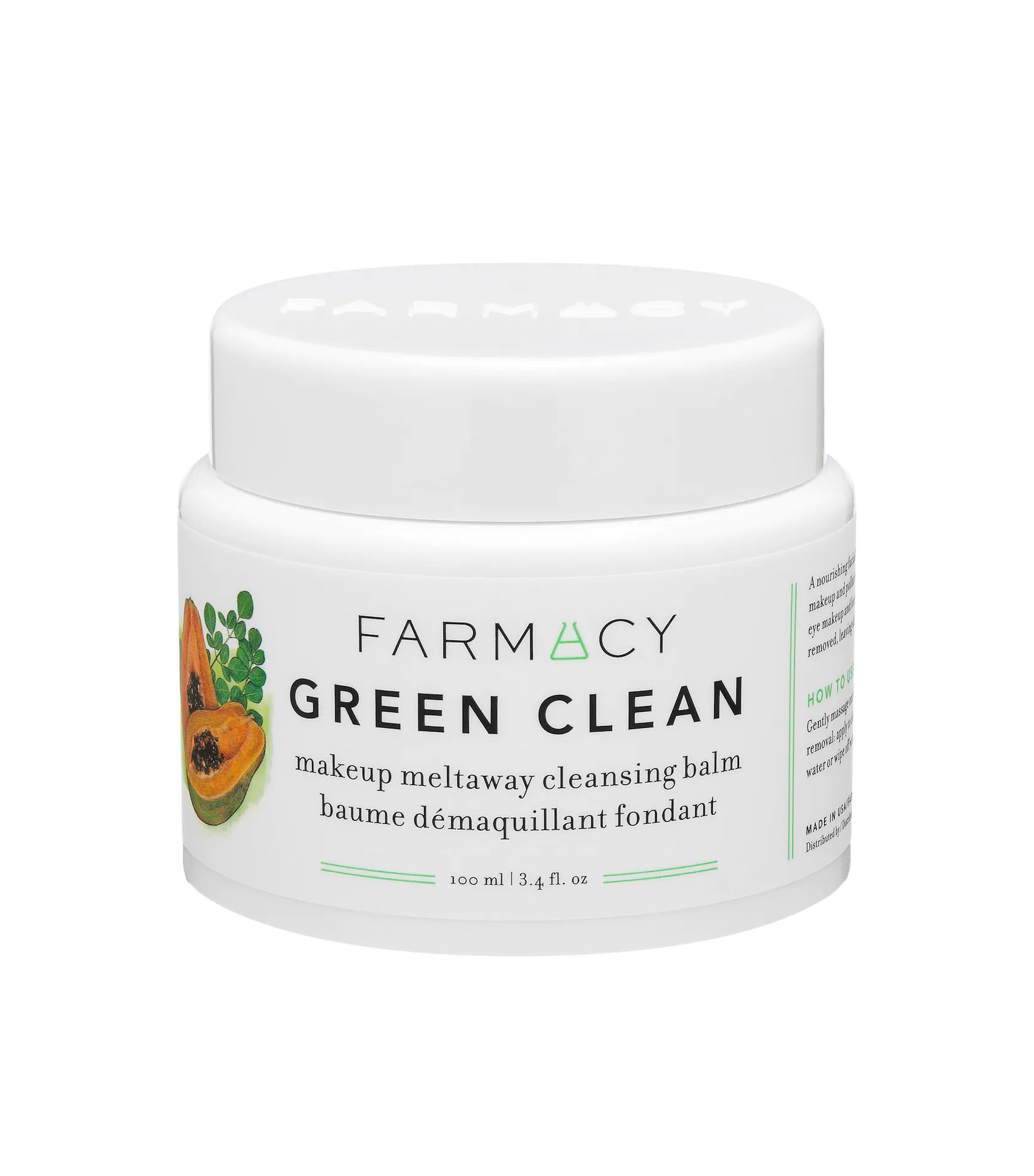
DON’T Use With Another Exfoliant or Scrub: Marcus warns against using another exfoliating product in addition to using the brush.
DO Wash Your Brush: Again, it can be a breeding ground for bacteria, so make sure you wash it after every use.
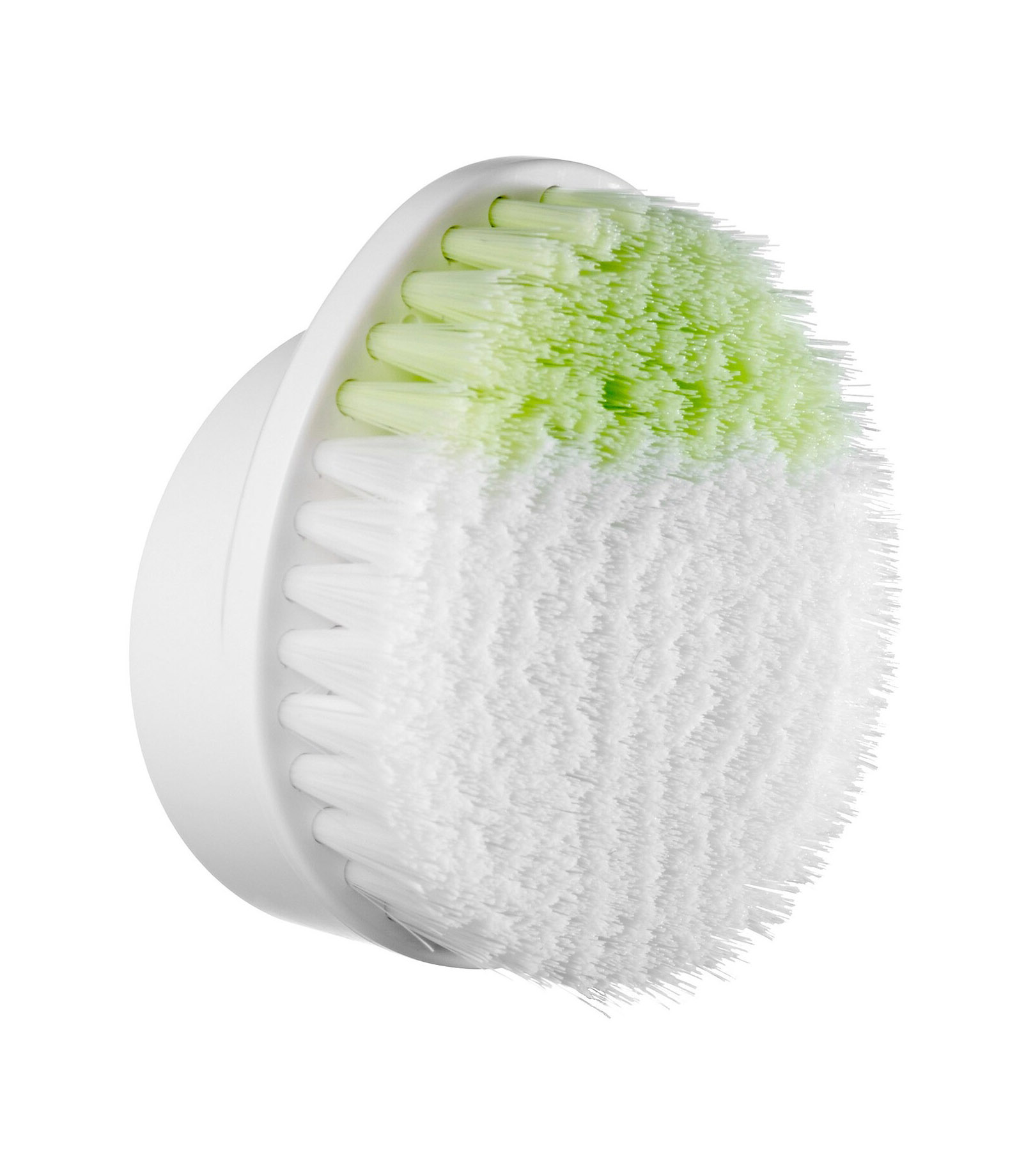
DO Let It Dry Thoroughly: And after you wash it, be sure to dry thoroughly between uses, Marcus recommends.
DON’T Forget to Change the Brush Head: This is another suggestion from Marcus. Try doing this every two to three months, depending on how often you use the brush.
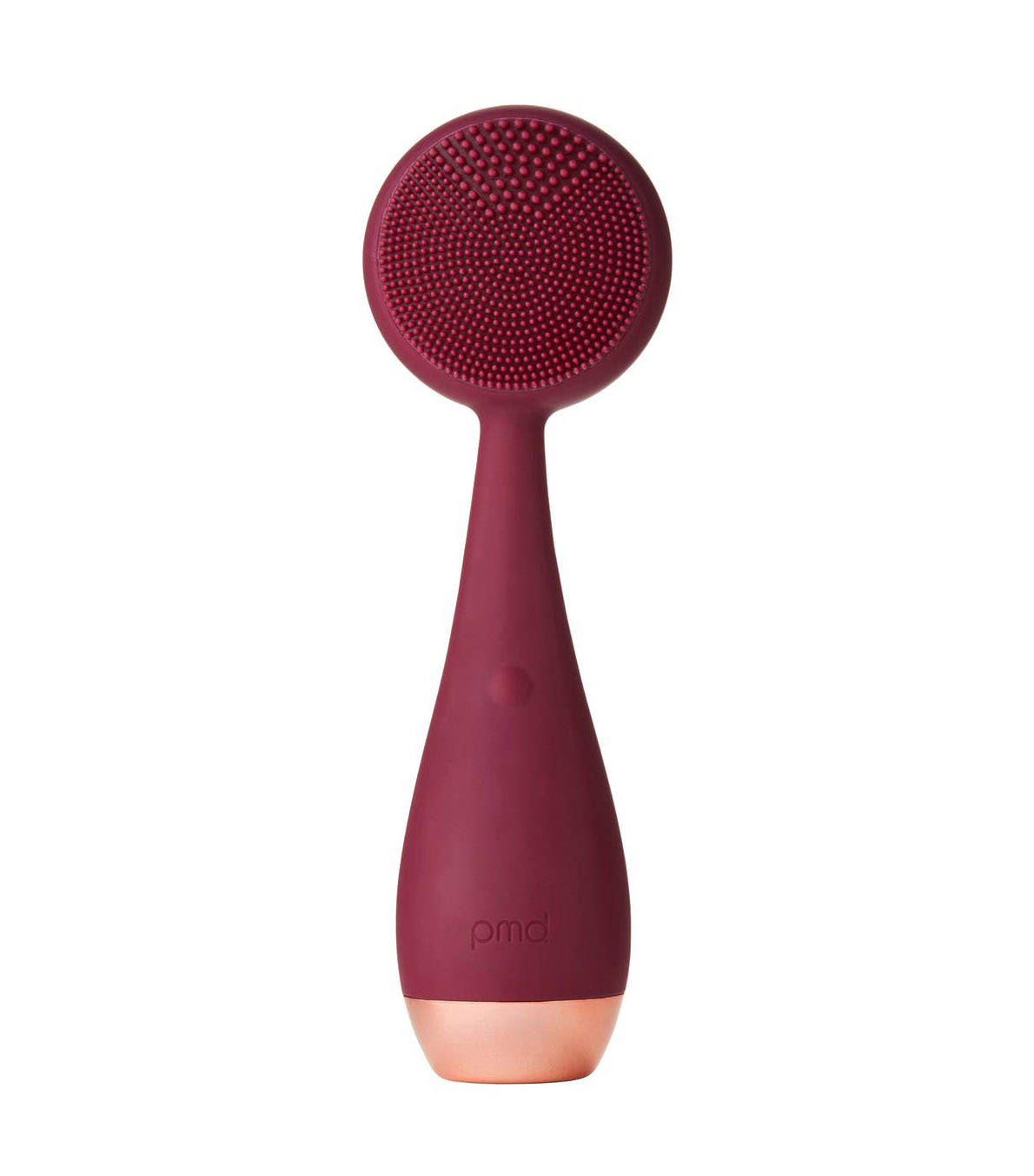
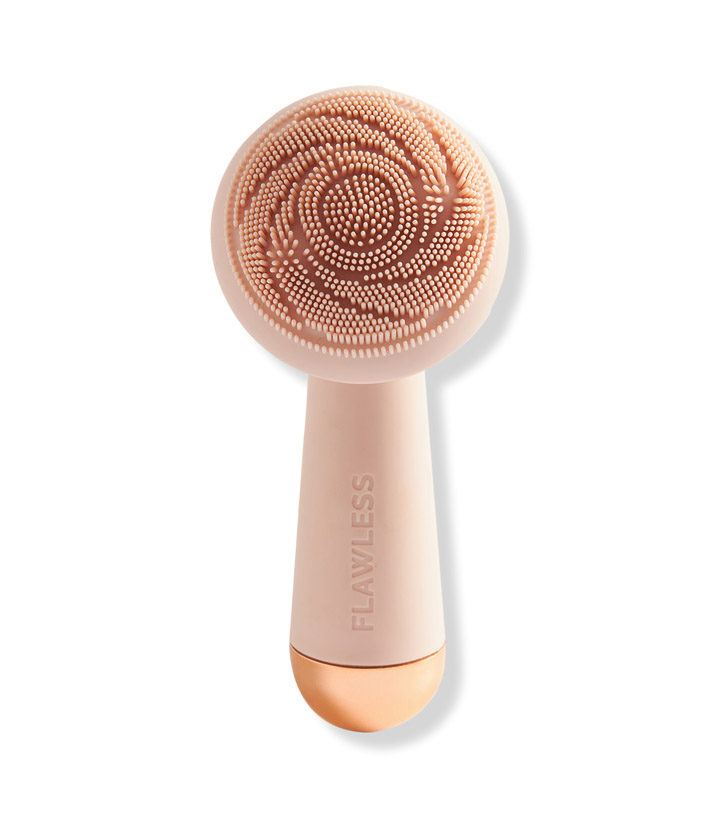
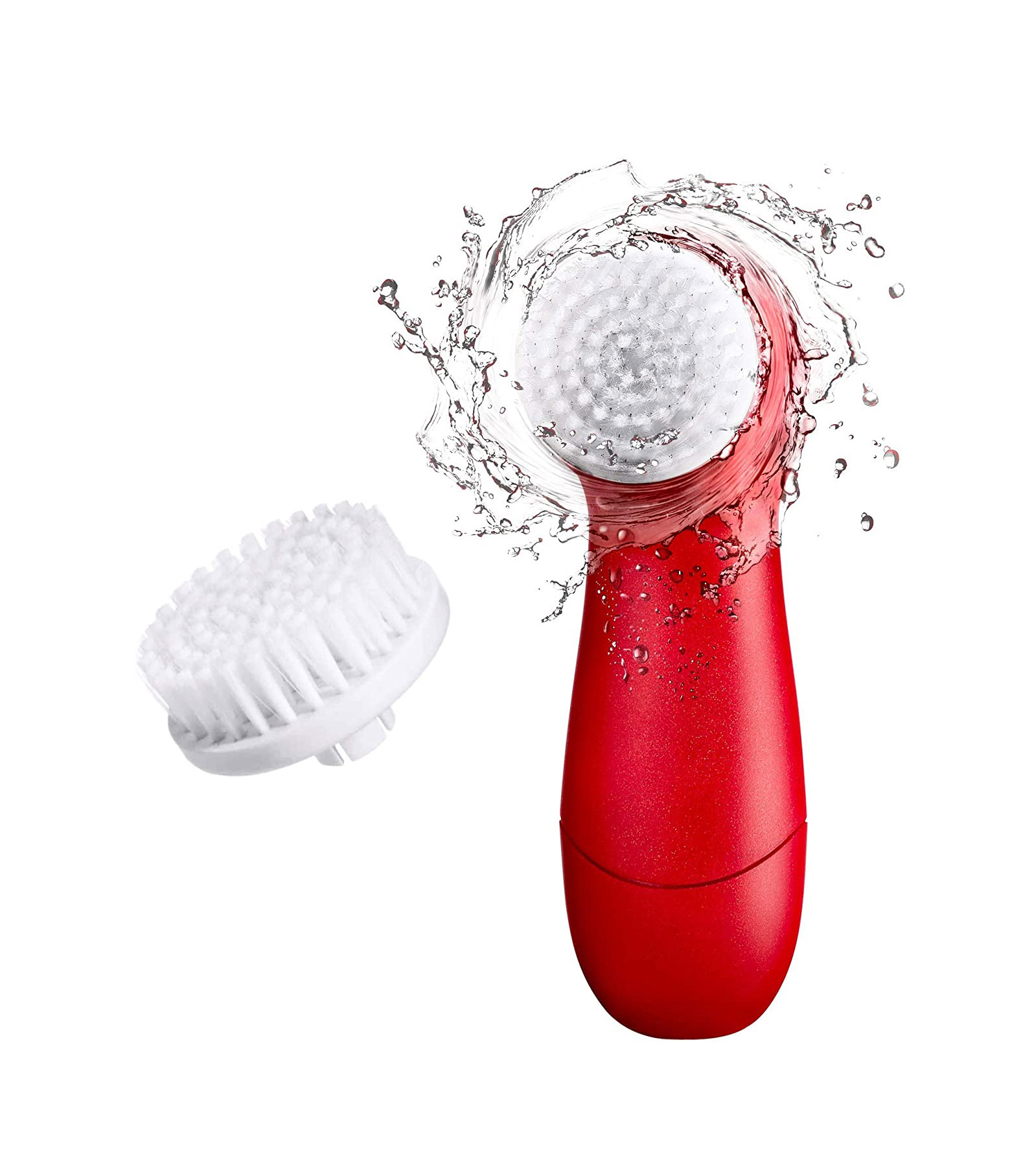
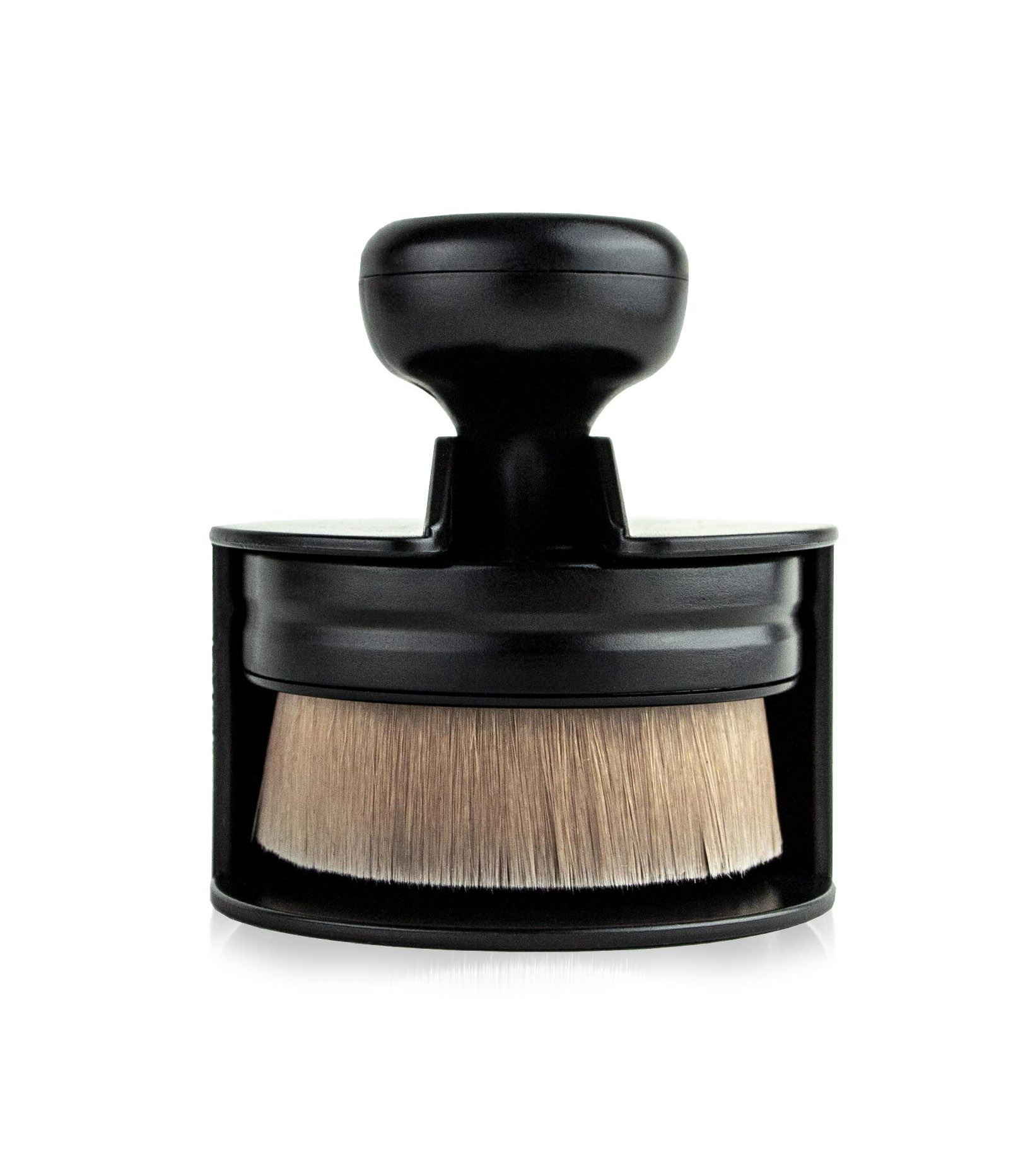
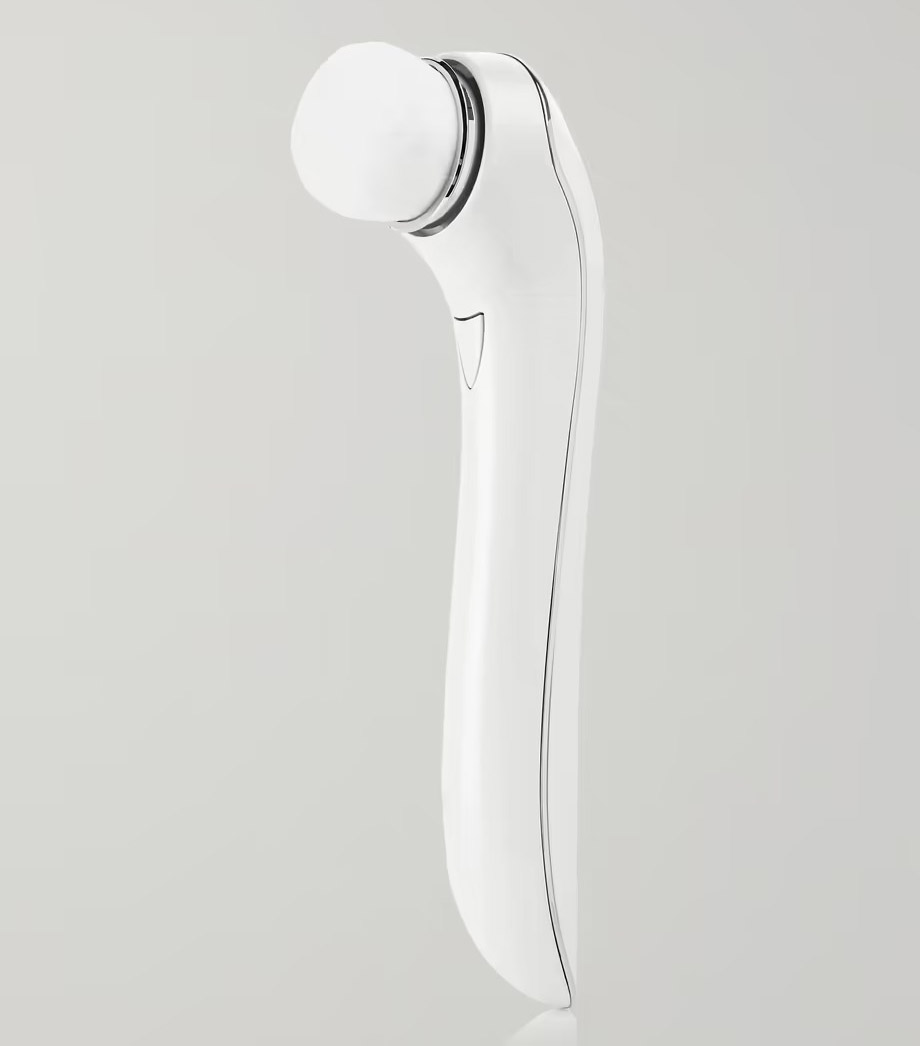

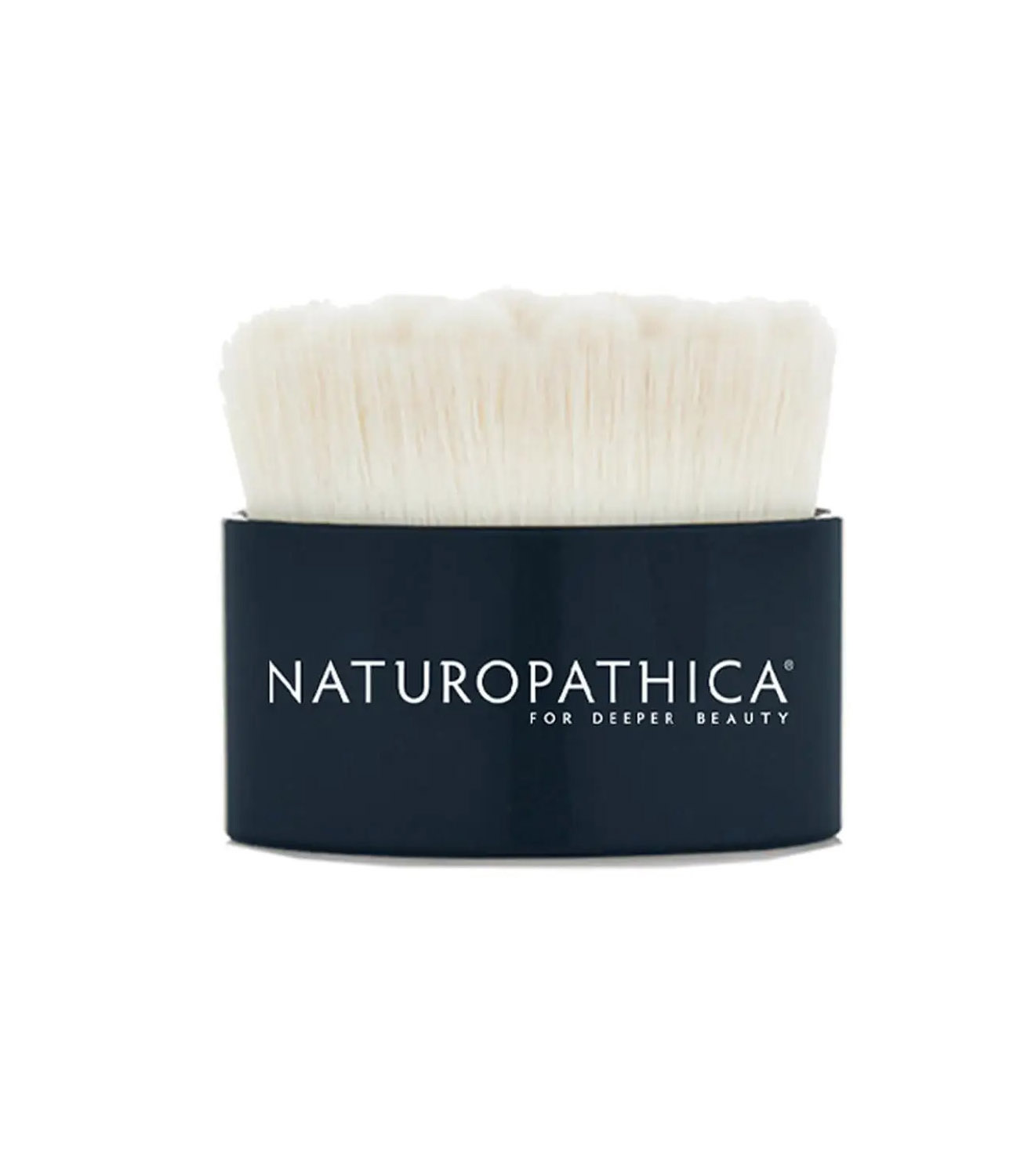
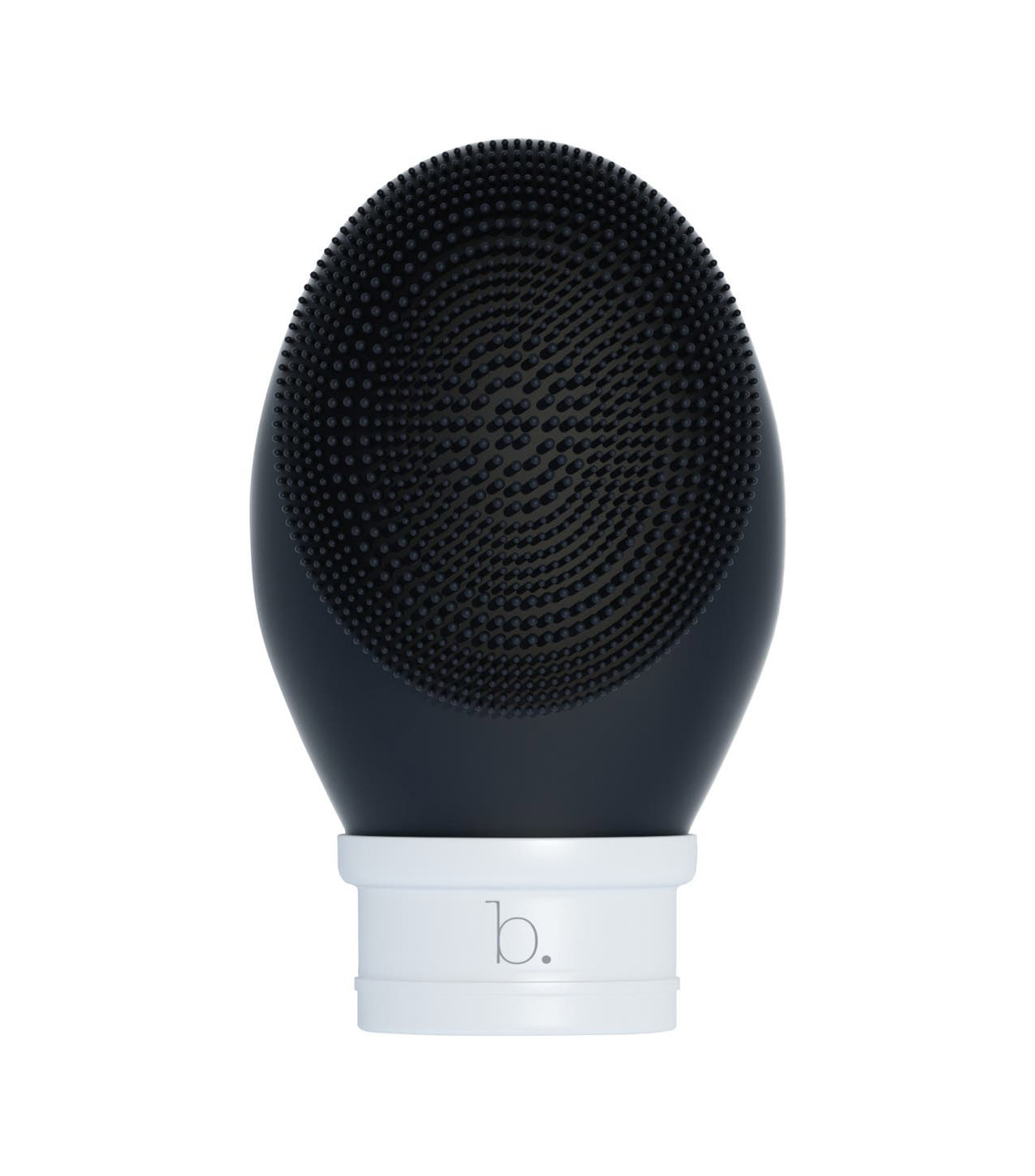
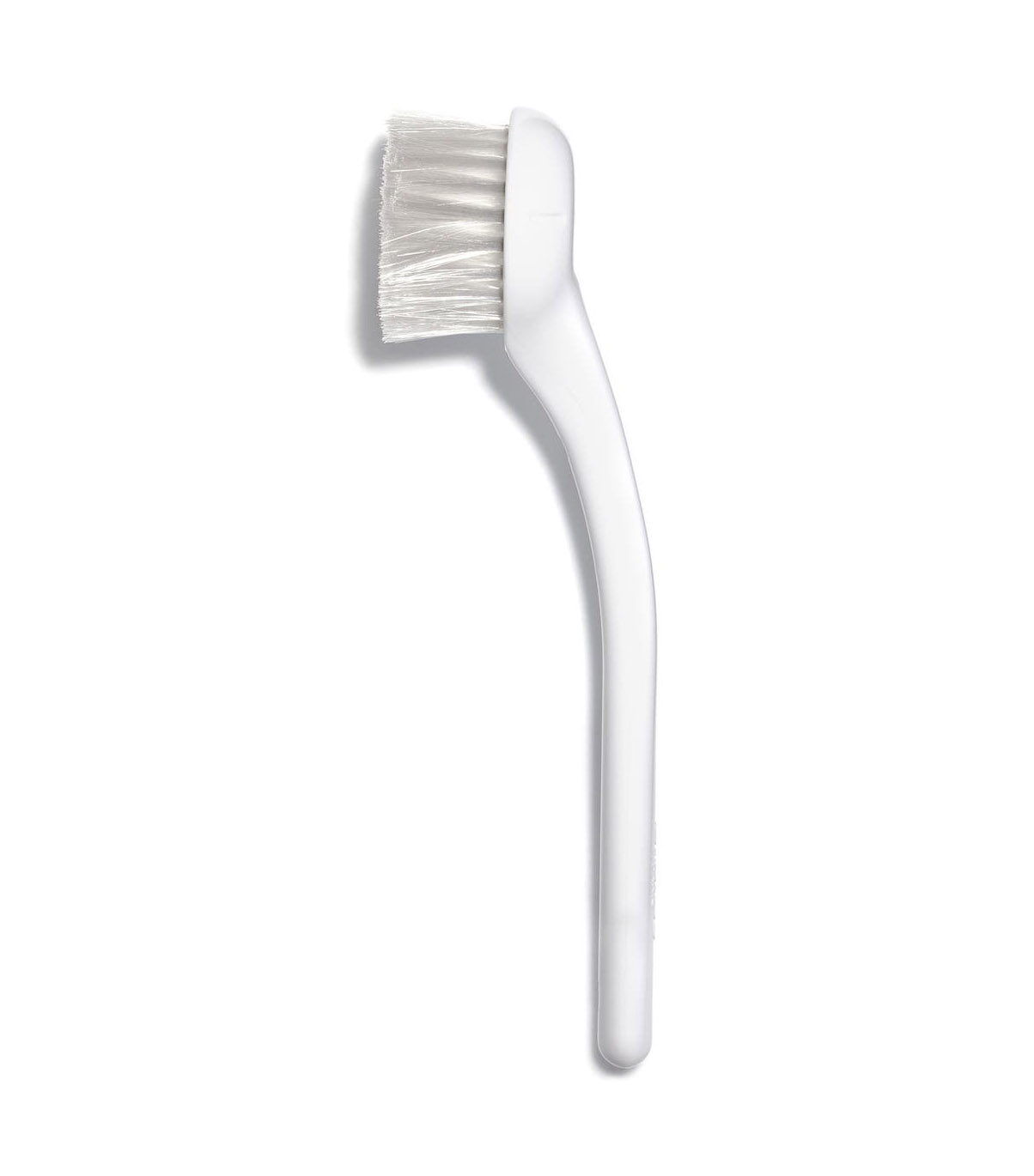
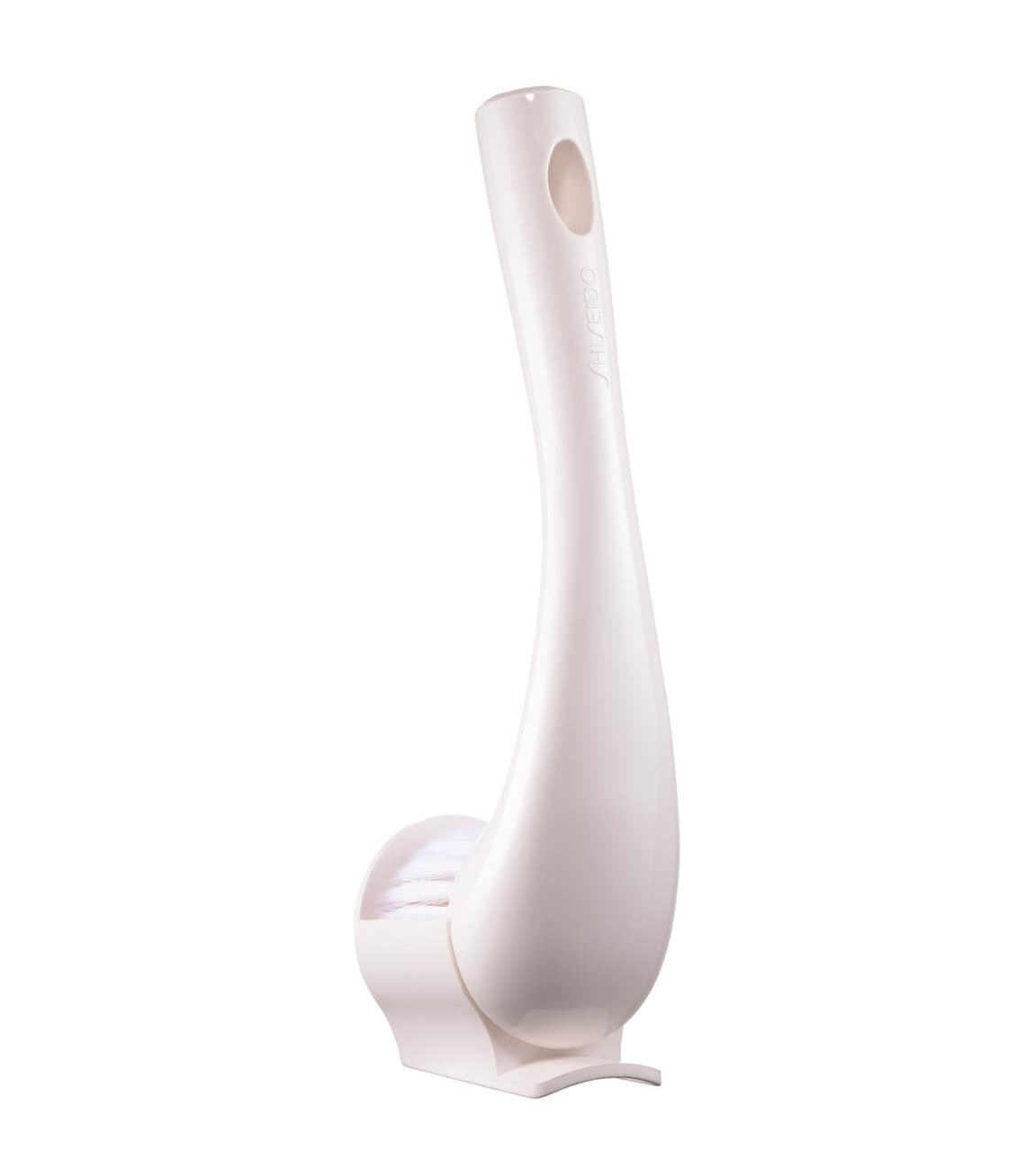
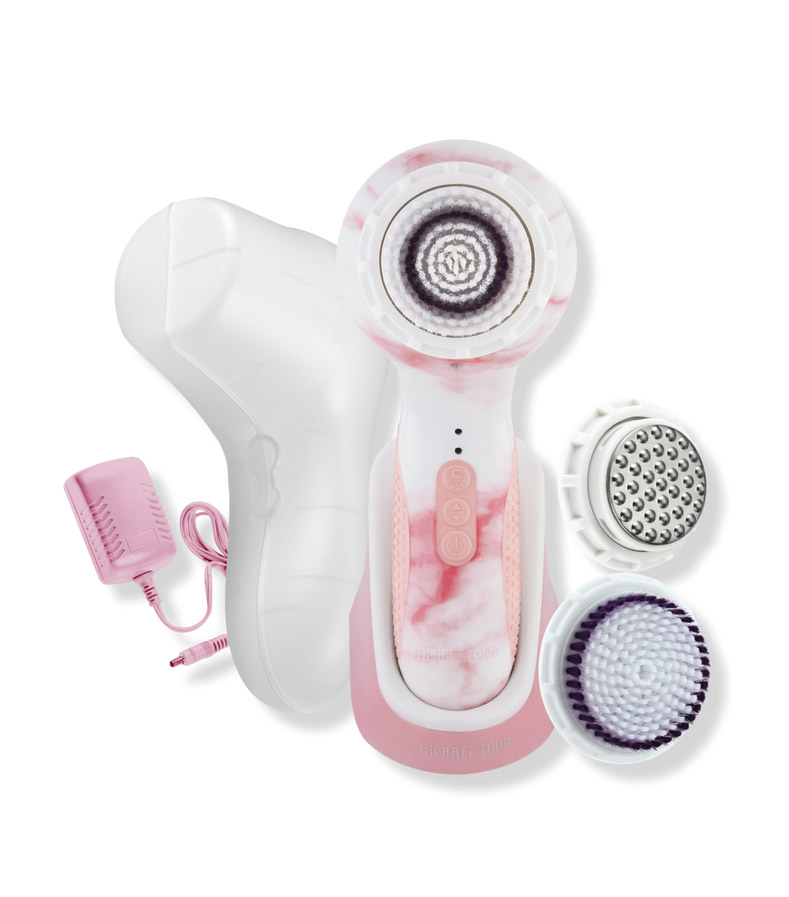
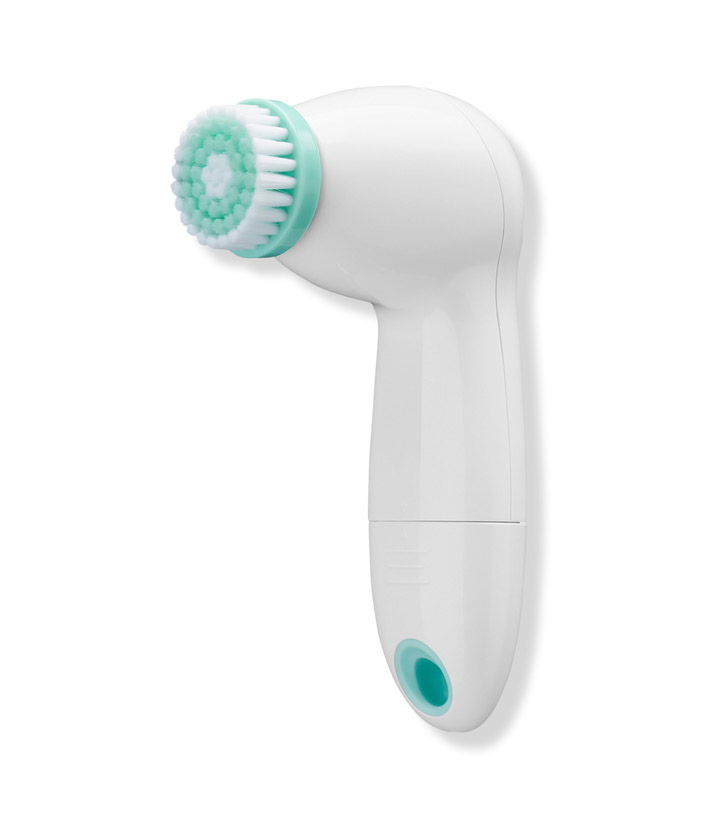
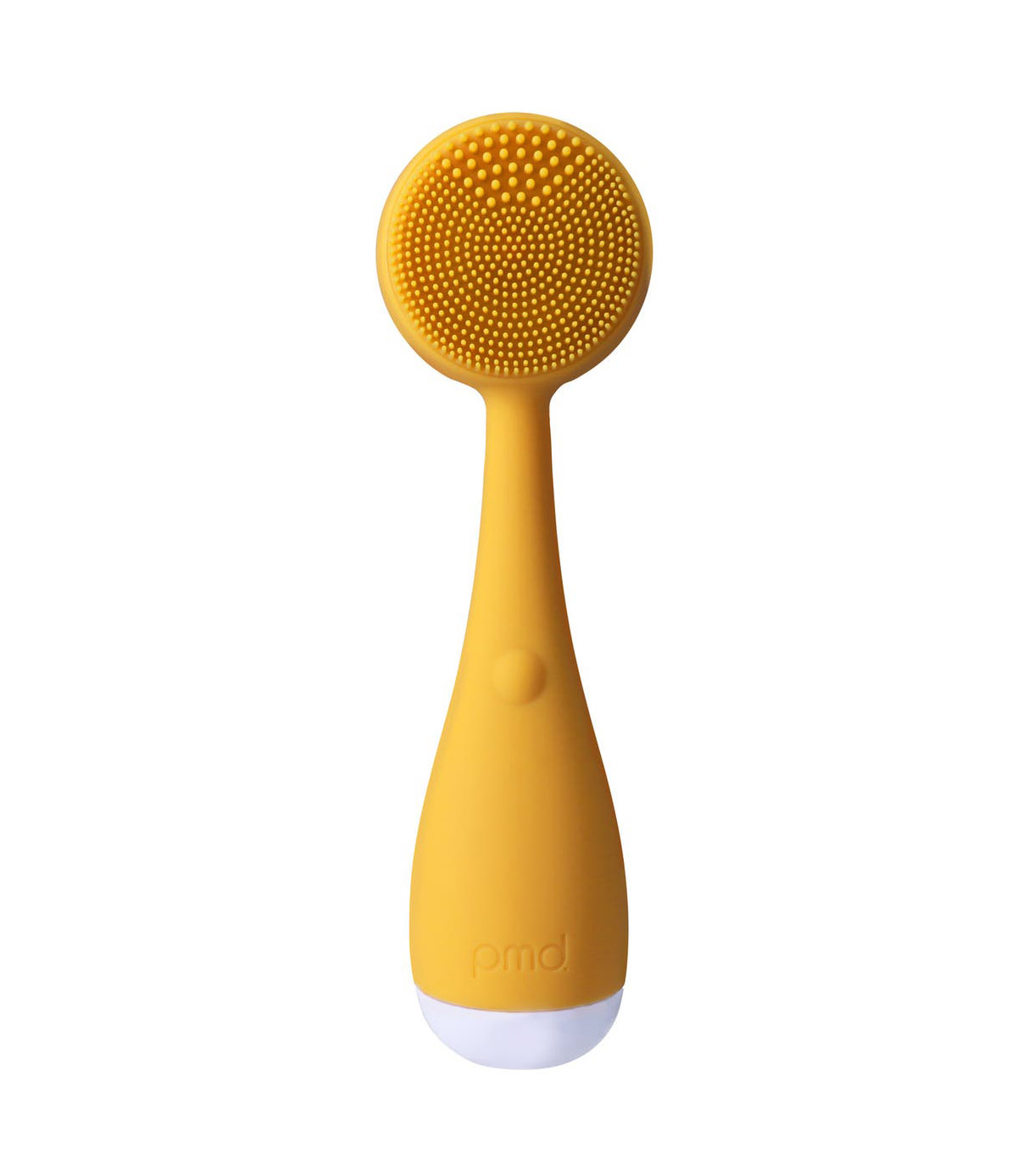
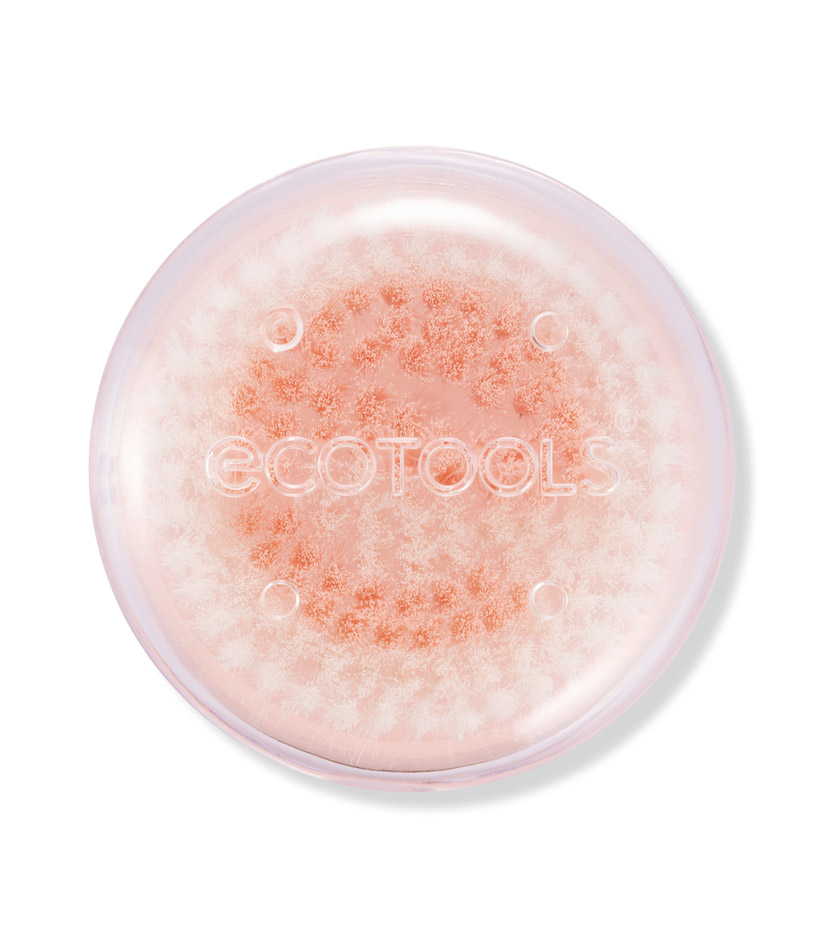
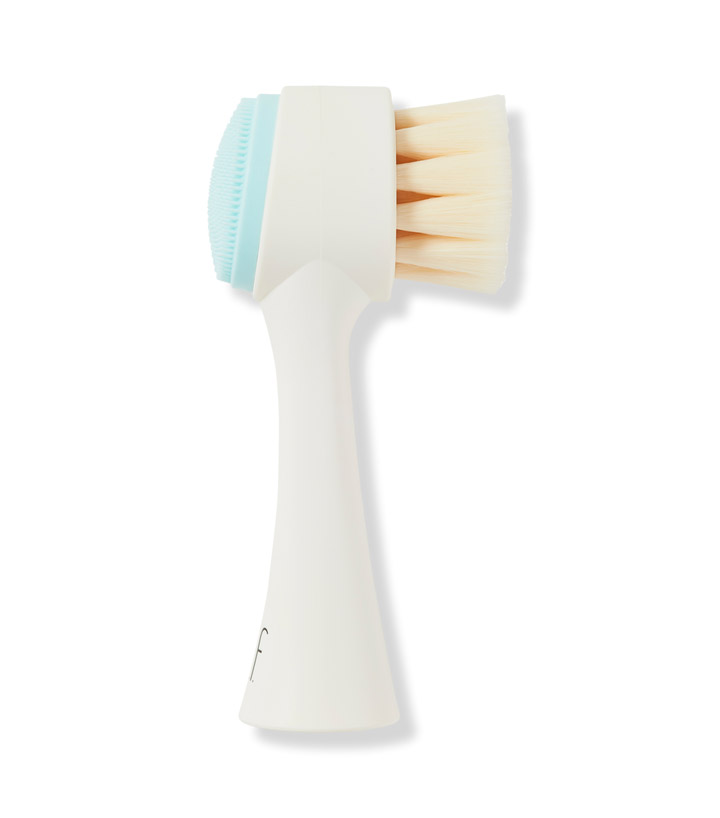
Next, Women in Their 30s Give These 18 Skincare Products Rave Reviews

